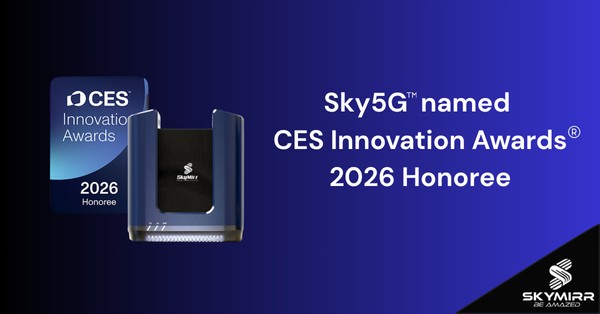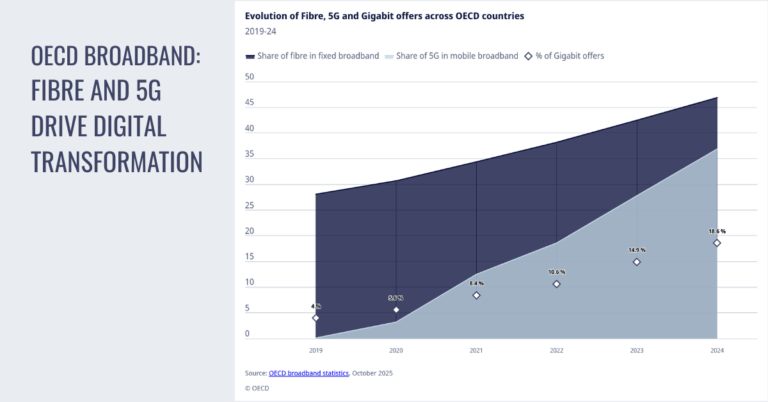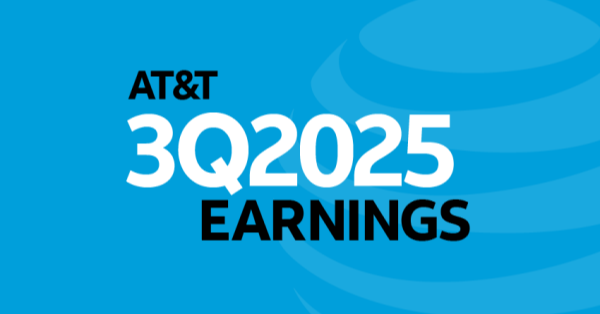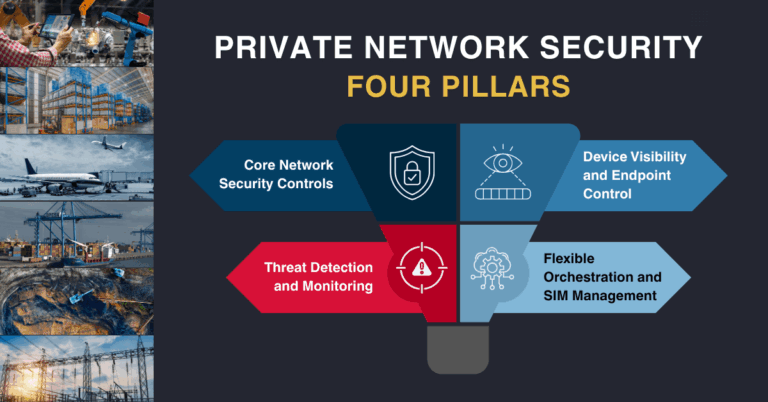- Tech News & Insight
- November 16, 2025
- Hema Kadia
Amazon has moved its low Earth orbit broadband effort out of code-name mode and into a market-facing brand with strategic implications for telecom and enterprise buyers. Project Kuiper is now Amazon Leo, a direct reference to the low Earth orbit constellation underpinning the service. The rebrand signals a transition from R&D to commercial execution. Amazon reports more than 150 satellites in orbit today—roughly 153 by recent counts—following a string of successful launches and a completed prototype mission. The company says it will light up service as it adds coverage and capacity.
- 5G, API, Automation, IoT, Orchestration, SASE, SD-WAN, Security, Sustainability
- 3GPP, America, Aviation, AWS, Broadband, Cisco, Eutelsat OneWeb, Fiber, Fortinet, LEO, Mobility, MVNO, Palo Alto Networks, Partnerships, Policy, SpaceX, Starlink, Telesat
- Retail, Telecom



































